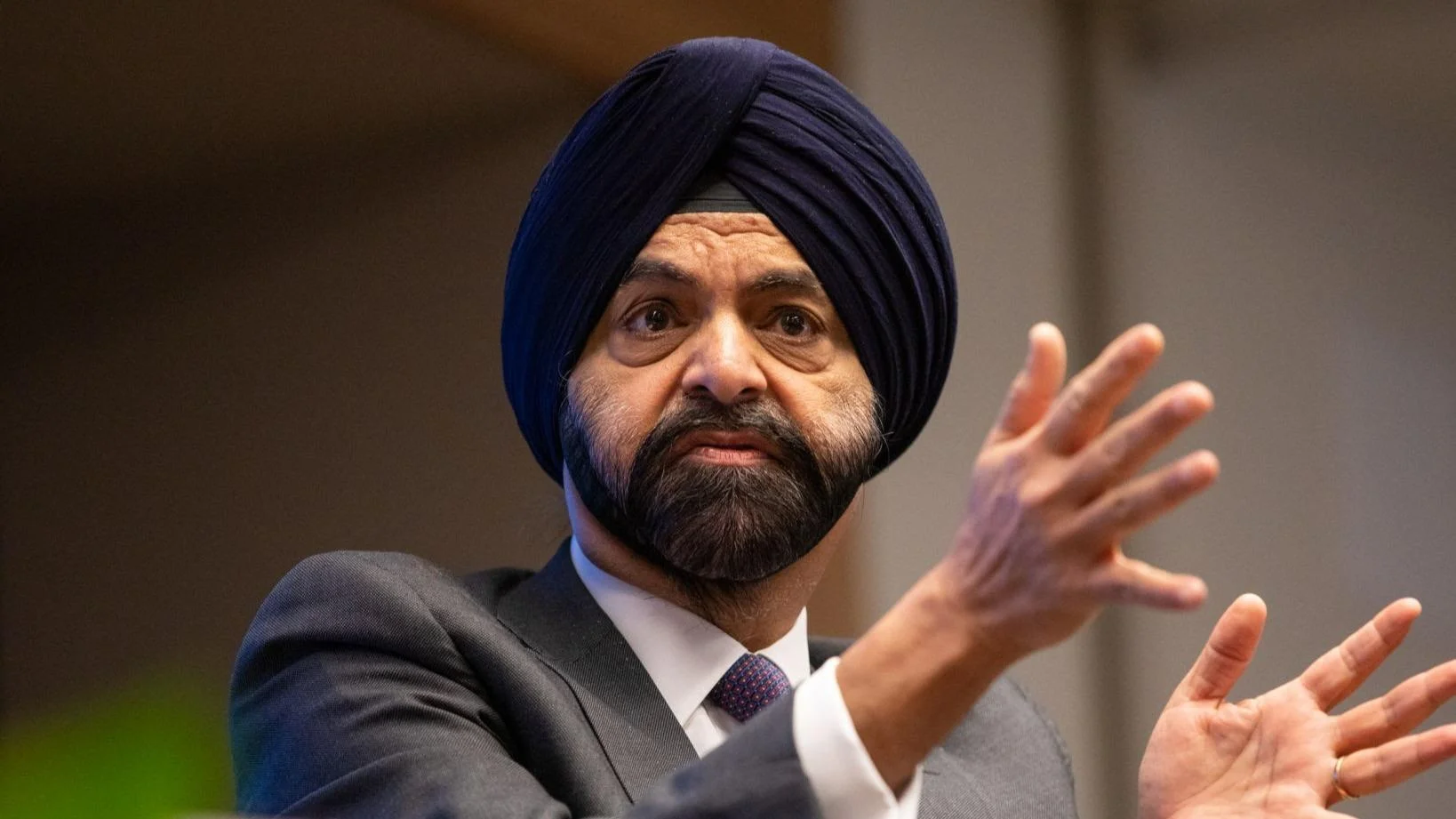The East Asia and Pacific (EAP) region, known for its vulnerability to climate-related extreme weather events, plays a crucial role in global climate change efforts. It accounts for 39% of the world's greenhouse gas emissions and 60% of world coal consumption. The World Bank has been actively partnering with this region on climate change initiatives.
In the fiscal year 2024, the EAP region secured the highest proportion of climate financing among all regions, with 54% of new financing allocated to climate initiatives. In October 2024, two Country Climate and Development Reports (CCDRs) were launched focusing on Mongolia and the Pacific atoll countries.
Highlighting various projects in different countries, the World Bank emphasizes resilience and innovation through visual storytelling:
In China, the Yellow River Basin Ecological Protection and Environmental Pollution Control Program aims to conserve ecosystems while generating local development benefits. "The project will adopt an integrated management approach for ecological protection," contributing to both local improvements and global public goods.
Cambodia's Road Connectivity Improvement Project received $100 million from IDA credit to enhance road conditions and access to critical services. This initiative focuses on improving safety and resilience against climate impacts.
In Vietnam, traditional rice farming practices are being transformed under the Viet Nam Sustainable Agriculture Transformation Project (VnSAT). Farmers are now equipped with resources to boost income while reducing methane emissions.
Indonesia sees multiple projects like mangrove rehabilitation under the Mangroves for Coastal Resilience Project, which supports carbon sequestration and livelihood improvements. The Social Forestry Program grants communities legal access to state forests for sustainable management.
Lao PDR faces challenges with waste production due to rapid economic growth. The government is utilizing World Bank recommendations in developing its National Plastic Action Plan.
Tonga's transport infrastructure is being upgraded through eight projects supported by the Pacific Climate Resilient Transport Program. These upgrades aim at enhancing resilience against extreme weather events.
Tuvalu's Maritime Investment in Climate Resilient Operations II (MICRO2) Project seeks improvements in harbor safety as part of efforts against natural hazards like floods and cyclones.
Mongolia has seen advancements in renewable energy with a solar photovoltaic power plant generating substantial green electricity by October 31, 2023, supporting energy transition goals.
Lastly, in The Philippines, FISHCORE aims at better fisheries management benefiting over 1.15 million fisherfolk along with small businesses and coastal residents by enhancing fisheries production value.
These initiatives reflect a broad commitment across various sectors within East Asia and Pacific towards addressing environmental challenges while fostering economic growth.

